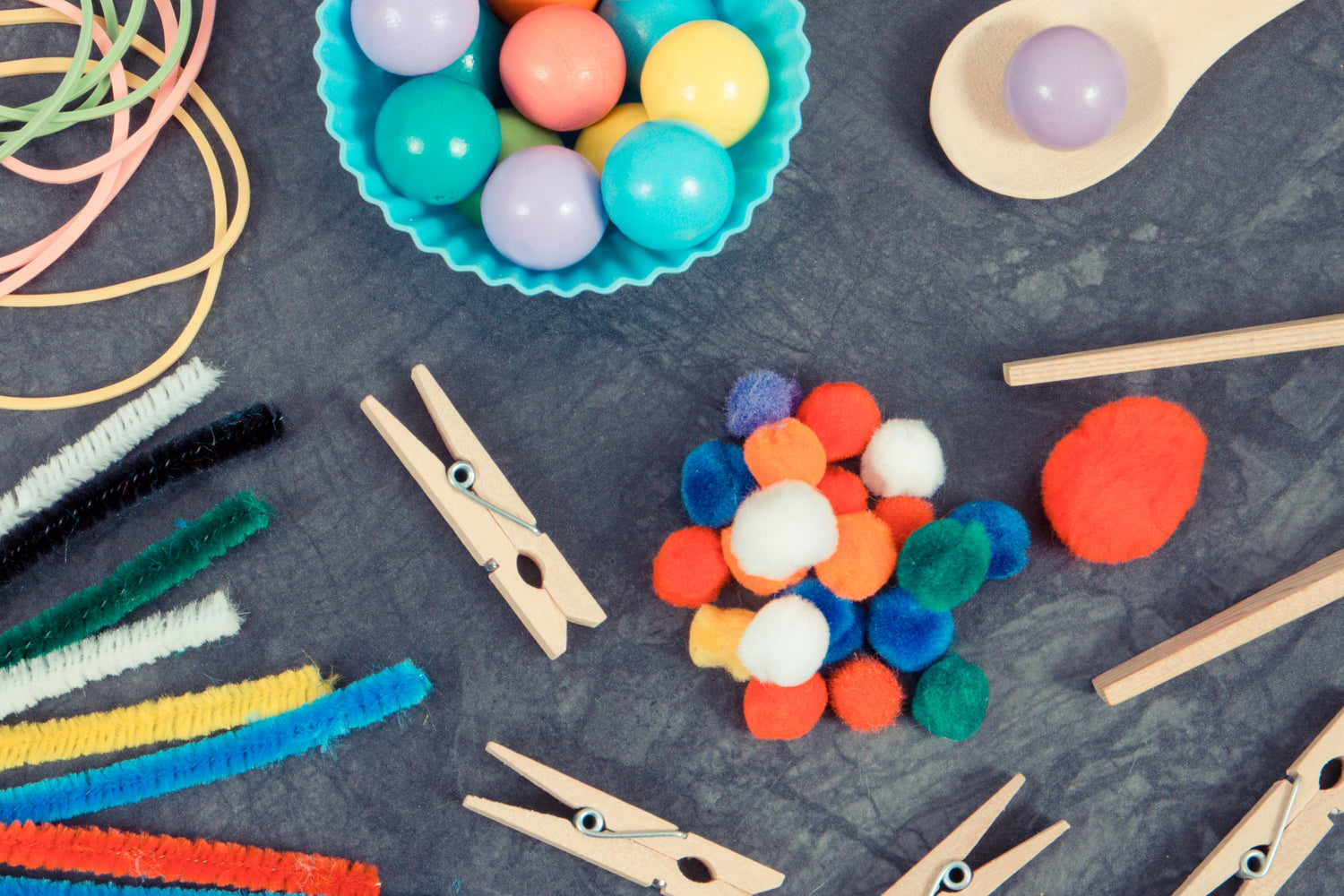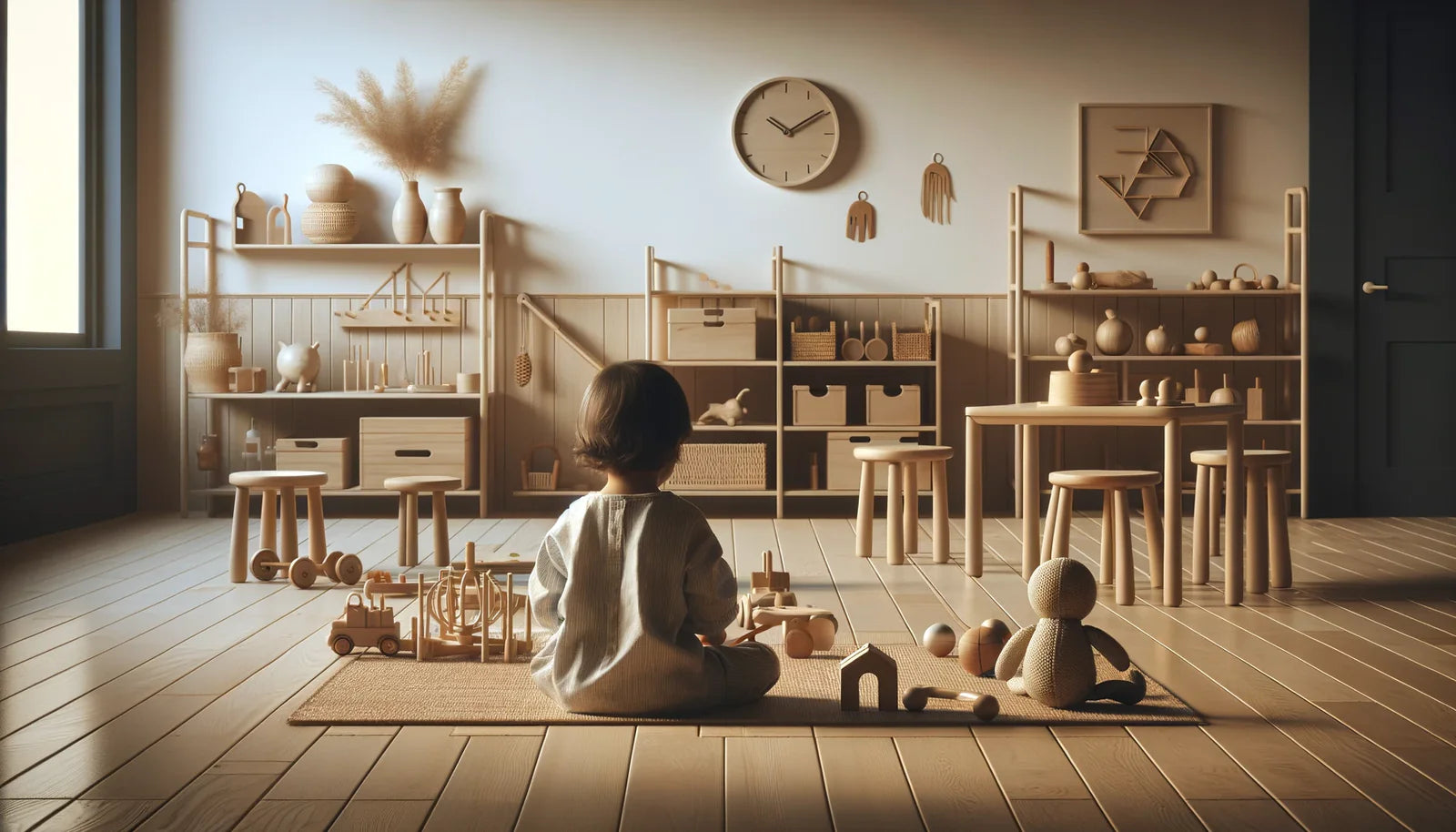Sensory play is a fundamental part of early childhood development, helping children explore and understand the world around them through their senses. In this article, we’ll explore the importance of sensory play, how it supports brain development and motor skills, and share examples of sensory play activities that you can try at home with recommended toys from our store.
What is Sensory Play?
Sensory play includes activities that engage a child's senses: sight, sound, touch, taste, and smell. These activities are designed to encourage children to use their sensory inputs to explore and learn, promoting cognitive and physical development.
How Sensory Play Supports Brain Development and Motor Skills
-
Enhances Sensory Processing
- Sensory play helps children learn how to respond to sensory information. For example, the Toddlers Sensory Book™ offers various textures and interactive elements that help children process tactile information.
-
Supports Cognitive Growth
- Engaging in sensory play activities helps build nerve connections in the brain’s pathways, which are crucial for learning and development. Activities involving the Sensory Baby Toy™ can enhance problem-solving skills and critical thinking.
-
Improves Fine and Gross Motor Skills
- Manipulating objects during sensory play improves hand-eye coordination and fine motor skills. For instance, the Wooden Peg Board Beads Game™ helps children develop precise movements.
-
Encourages Language Development
- Sensory experiences can stimulate language development as children describe what they see, hear, feel, taste, and smell. Interactive toys like the Montessori Sensory Book™ can promote vocabulary building through storytelling.
Examples of Sensory Play Activities
-
Water Play Materials Needed:
- A shallow tub or basin
- Cups, spoons, and various containers
- Optional: Food coloring and small waterproof toys
Activity:
- Fill the tub with water and add food coloring for visual interest.
- Provide various containers for pouring and scooping water.
- Let your child explore the water, encouraging them to describe how it feels and what they see.
-
Texture Exploration with Sensory Bags Materials Needed:
- Ziplock bags
- Various materials (e.g., hair gel, rice, small beads, water beads)
- Tape
Activity:
- Fill each bag with a different material and seal it tightly.
- Tape the bags to a flat surface.
- Encourage your child to squish and move the contents of the bags, describing the textures.
-
Sound Discovery Bottles Materials Needed:
- Empty plastic bottles
- Different fillers (e.g., rice, beans, small bells, sand)
- Glue or tape to seal the bottles
Activity:
- Fill each bottle with a different material and seal it securely.
- Encourage your child to shake the bottles and listen to the different sounds.
- Discuss the differences in the sounds and what makes each one unique.
-
Sensory Bins with Themed Play Materials Needed:
- A large bin
- Themed items (e.g., plastic animals, leaves, and twigs for a nature theme)
- Filler material (e.g., rice, beans, or sand)
Activity:
- Fill the bin with the filler material and add the themed items.
- Encourage your child to explore the bin, finding and identifying the different objects.
- Use the Toddlers Adventure Felt Board™ to create stories based on the items found in the sensory bin.
Recommended Sensory Toys from Our Store
-
- Offers various textures and interactive elements that stimulate touch and sight.
- Ideal for enhancing sensory processing and language development.
-
- Includes different shapes, colors, and textures to engage a baby’s senses.
- Supports cognitive growth and fine motor skills development.
-
- Helps develop hand-eye coordination and fine motor skills through sorting and placing beads.
- Encourages cognitive skills like pattern recognition and logical thinking.
-
Toddlers Adventure Felt Board™
- Promotes imaginative play and storytelling with various felt pieces.
- Enhances fine motor skills and sensory exploration.
Conclusion
Sensory play is crucial for a child’s development, offering a multitude of benefits that support brain growth, motor skills, and cognitive abilities. By incorporating sensory play activities and using the recommended toys from our store, you can create a rich learning environment that stimulates your child’s senses and promotes overall development.
Stay tuned for the next article in our series, where we will discuss how to incorporate educational toys into daily routines for continuous learning and fun!





Leave a comment
This site is protected by hCaptcha and the hCaptcha Privacy Policy and Terms of Service apply.